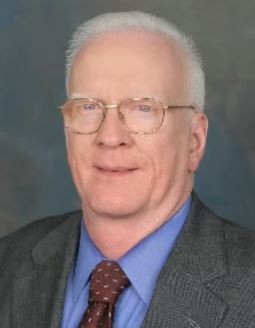By Bonner Cohen, Ph. D. June 23rd, 2023 44 Comments @ CFACT
Last month’s landmark Supreme Court ruling in Sackett v. EPA not only narrowed the scope of the Environmental Protection Agency’s (EPA) authority to regulate wetlands, but it will also have reverberations far beyond the Clean Water Act (CWA).
What began as an effort by Michael and Chantell Sackett to build their dream home on their 0.63-acre lot near Priest Lake in northern Idaho morphed into a 16-year legal battle that ended in a victory for the couple and a defeat for EPA when the High Court ruled that their property was not a wetland and thus not subject to EPA regulation under the 1972 CWA. But in decreeing that the only wetlands EPA could regulate were those with a “continuous surface flow” to a navigable water, such as a lake or river, the court rendered a judgment that will affect other federal environmental statutes as well.
Removing the need for many projects to obtain permits under Section 404 of the CWA, which governs dredge-and-fill discharges, will erase important triggers for National Environmental Policy Act (NEPA) and Endangered Species Act (ESA) reviews, according to George Glicksman, a law professor at George Washington University.
Effects on NEPA and the ESA
“The programs are intertwined in ways that aren’t immediately obvious,” he told Greenwire (June 15). As Greenwire explained:
“Both NEPA and the ESA require federal action to trigger a review, which in turn forces developers to consider their project’s effect on the environment and vulnerable species. Otherwise, a Section 404 forms this federal connection. But without a Clean Water Act permit, that federal nexus – in some cases – disappears.
Depending on the complexity of the project, NEPA, for example, can require either an environmental assessment or a much more comprehensive environmental impact statement (EIS). It can take years for federal officials to complete an EIS, prompting some developers to walk away from a proposed project out of sheer frustration. Before the Supreme Court’s May 25 ruling, an EIS, which included a project’s effect on a wetland with no continuous surface connection to a navigable body of water, prolonged the permitting process. With wetlands lacking that continuous surface connection no longer subject to CWA Section 404 permits, some environmental reviews will be shorter.
As it happens, the court’s ruling coincided with the enactment of a debt-ceiling agreement, which put time limits on the issuance of some federal permits. The result of both developments is less red tape.
Similarly, determining what constitutes a threatened or endangered plant or animal’s “critical habitat” under the ESA will become simpler in some cases because the types of wetlands subject to federal authority have been reduced.
By declaring the Sacketts’ bone-dry property a wetland, and then putting the couple through 16 years of litigation hell, EPA ultimately wound up diminishing its own authority under the CWA. As Professor Glicksman points out, the Supreme Court’s decision also affected two other environmental statutes. For decades, provisions of the CWA, NEPA, and ESA were skillfully used by regulators and special interest groups as a form of federal zoning to snuff out development not to their liking.
To be sure, the ESA is still a hopelessly cumbersome law with a terrible record of recovering vulnerable species. And NEPA still makes it difficult for the United States to carry out much-needed infrastructure projects. But the administrative regulatory state has been dealt a setback, and the country has moved a few steps closer to restoring the Constitution’s separation of powers.

No comments:
Post a Comment